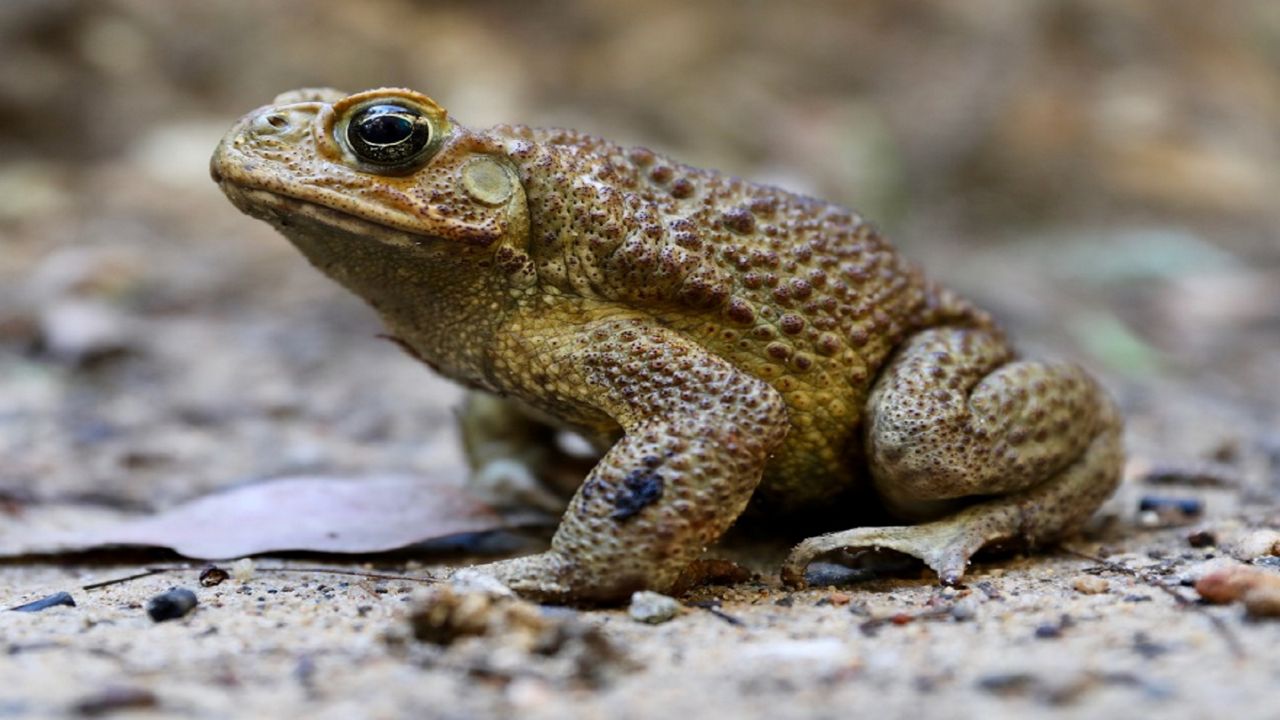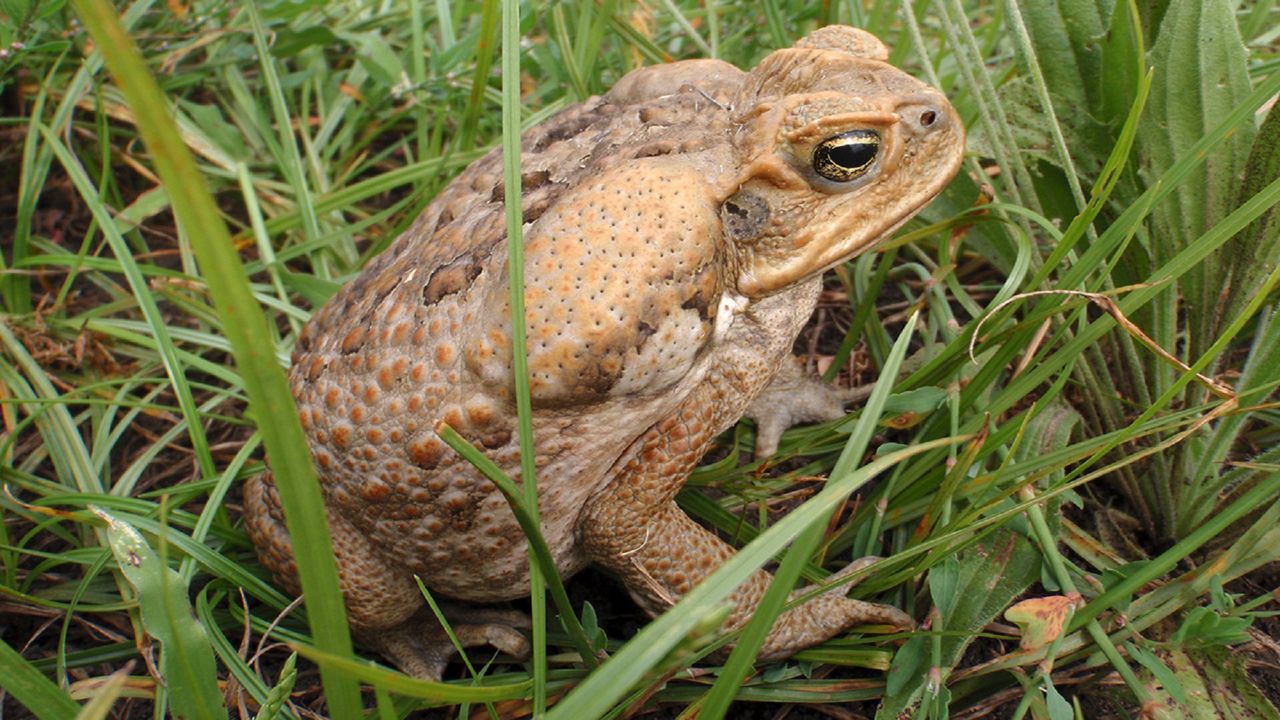During the long, cold winter months, have you ever wondered how a cold-blooded creature, such as a frog, can survive? Fortunately, they have developed special behaviors and physical processes to survive the long, cold, and snowy winter.
Winter does present a major problem for frogs because it’s too cold for them to be active, so they need to find somewhere to wait it out. Aquatic frogs usually hibernate underwater and they usually spend the winter at the bottom of a pond or other body of water.
Frogs don’t burrow down into the mud to hibernate though; they can be found hanging out on the bottom just above the mud. These types of frogs sometimes even slowly swim or move around during the winter.
As mentioned above, frogs and toads are cold-blooded, so their body temperature actually takes on the temperature of the environment around them. During the winter, they go into a state of hibernation, and some frogs can be exposed to temperatures below freezing.
Frogs and toads that spend most of their time out of the water and on land can usually burrow down below the frost line in burrows or cavities that are their hibernating space for the winter. Frogs go as deep as they can or squeeze into cavities, crevices, and logs.

Although these hibernating spots are not as well protected and guarded against the freezing cold temperatures, frogs typically do not die. However, a frog can actually freeze solid!
A partially frozen or frozen frog will stop breathing, and its heart will even stop beating and it will appear dead. So why doesn’t the frog die?
During this period, the liver produces large amounts of glucose to increase blood-sugar levels, which functions like a natural “antifreeze” by limiting the formation of ice crystals in the body. A high concentration of glucose or sugar in the frog's vital organs inhibits freezing and without this physical process, the ice crystals would damage tissue and result in the frog’s death.
As much as 70 percent of the water in a frog’s body can be frozen. However, if it does get too cold, the frog can die.
If the frog emerges too soon, it can result in tragedy and death. The term “winter kill” occurs when a frog is tempted out of its hibernating spot by an early warm stretch followed by a quick drop in temperatures below freezing.
Once the weather gets warmer, the frog will begin to thaw out. The heart and lungs will amazingly start working again, and the frog actually comes back to life.








